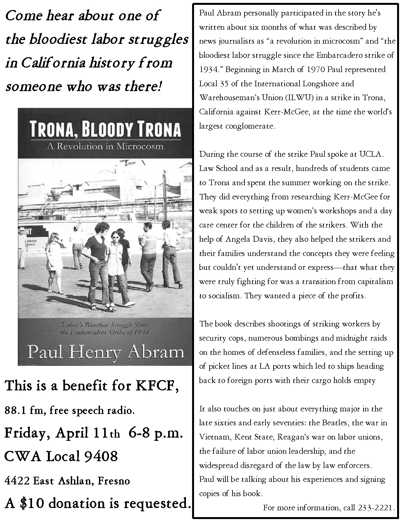Elizabeth Richmond Colter “Liz” 92, formerly of Phoenix, Prescott and Eagar, Arizona, died Wed., November 2, 2022 in Dana Point, CA. Born February 17, 1930, in Philadelphia, PA. Liz was the daughter of John O’Donnel Richmond and Emily Acker Richmond. Both her siblings, Lee Richmond Barker and Lincoln Acker Richmond predeceased her. Survivors include five children: Emily Taranta, Nancy Greene, John Harrison (Barbara) Colter, Mary Lee (Marsden) Stewart and Ann (Kyle) Matthews; 18 grandchildren and 6 great grandchildren. She attended the University of Arizona where she was a member of the Gamma Phi Beta sorority and Mortar Board. She was Student Body Secretary in the 1949-1950 school year and met her husband James Harrison Colter “Jim” while in college. Funeral services will be held Saturday, December 3, 2022, at 12:30 p.m. at Burnham Mortuary, Eagar, AZ.
Posted online on December 01, 2022
Published in The Arizona Republic
Elizabeth and her husband Jim were married at the China Lake Navy Base in the base chapel by a Navy Chaplin, Lieutenant Commander W. I. Wolfe in 1950. Elizabeth came to China lake in 1944 when her father, John O Richmond became commander of the Navel Ordinance Test Station at China Lake. She began school in Trona because at time there wasn’t a high school in the Indian Wells Valley.
Bakersfield, California •
Mon, Nov 6, 1950








 I have meet a lot of lawyers who work on social and economic justice issues but have never met one quite like Paul Henry Abram. I look forward to his visit to Fresno on Friday, when he will appear in a benefit for listener sponsored radio station KFCF (see details below). Abram has written an extraordinary account of his experience representing the union members in ILWU local 35 who were on strike in Trona Ca in 1970. Most lawyers are more cautious (some would say conservative) than the activists they represent, but Abram gains the trust of the workers by being as militant as they are and willing to share the risks needed to win.
I have meet a lot of lawyers who work on social and economic justice issues but have never met one quite like Paul Henry Abram. I look forward to his visit to Fresno on Friday, when he will appear in a benefit for listener sponsored radio station KFCF (see details below). Abram has written an extraordinary account of his experience representing the union members in ILWU local 35 who were on strike in Trona Ca in 1970. Most lawyers are more cautious (some would say conservative) than the activists they represent, but Abram gains the trust of the workers by being as militant as they are and willing to share the risks needed to win.





